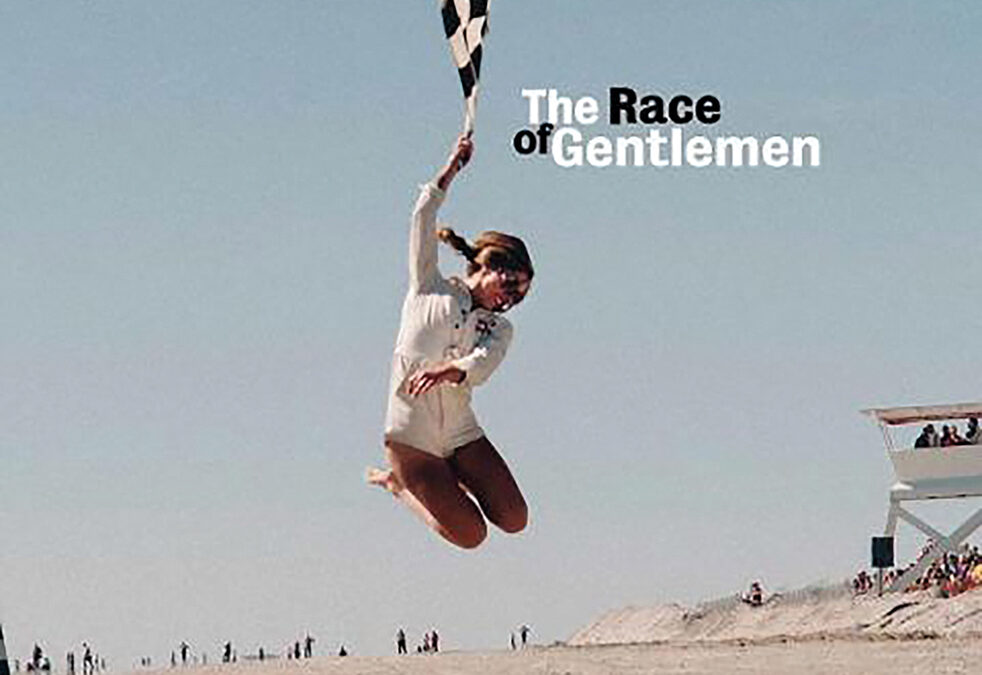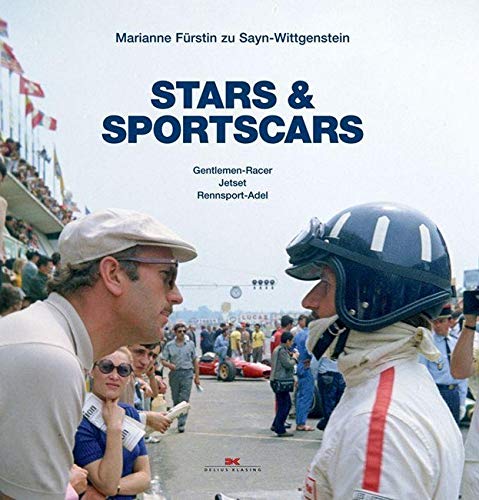
Marianne, Princess Sayn-Wittgenstein-Sayn seized photographic moments and let her camera talk, with a perfect kwledge of the right composition. The result: over-sized racing photographs from the 1950s, 60s and 70s, building both a report and contemporary document at the same time. After an exciting interview with the Princess about photography, the book showcases previously unseen insights from the greatest racetracks in the world – from Nurburgring to Spa, from Monza to the Mille Miglia – as well as the famous people that populate them. This opulent coffee table book ends with a very personal view of the Princess from her son Prince Peter Sayn-Wittgenstein-Sayn.
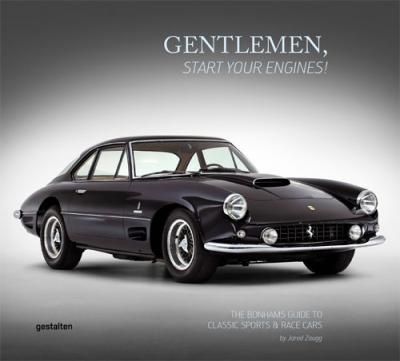
Bonhams is the world’s go-to source for classic race and sports cars. In this book, the auction house presents a selection of the most breathtaking models and tells their stories. It might only take a slight turn of the ignition, but firing up classic cars also makes great moments in automobile history come to life. Every page of Gentlemen, Start Your Engines! gives the reader a sense of the intensity of true automobile culture. Large-format images showcase sleek shapes and tactile vintage interiors in loving detail. The book was compiled by Jared Zaugg, a man who founded one of the coolest high-end motorcycle events in the world, the Legend of the Motorcycle: International Concours d’Elegance. Although Zaugg has mostly been associated with two-wheelers, in Gentlemen, Start Your Engines! he revels in his second passion–double the number of wheels and double the fun! In cooperation with Bonhams, the largest auction house for classic cars, Jared Zaugg reveals the undeniable icons of the scene. The book features a selection of models that go far beyond mere technical stats and gleaming chrome. Rather, they all offer something far more valuable: unique stories. These include the legendary Hurst Baja that Steve McQueen drove in an off-road race through the desert outside Las Vegas in 1968 until its axle broke. Or the famous Bugatti Brescia Type 22 from 2915 that lay on the bottom of Lake Maggiore for over 70 years before its remains were recovered in 2009. Then there are classic beauties such as the Aston Martin DB4GT, as well as a collection of historical vehicles that call to mind the origin of the word “horsepower” and the automobile’s humble beginning as a noble carriage. All the big names are included, but the focus is on what can be found behind the logos and the polished surfaces. With its striking photographs and compelling texts, Gentlemen, Start Your Engines! truly captures the feeling of these unique cars. As lovers of exclusive limited series, record-making vehicles, and legendary races themselves, Jared Zaugg and the team at Bonhams went all out in their efforts to collect the best of the best in this publication–and it shows. Gentlemen, Start Your Engines! is a book that celebrates cars. While it will inspire some to dream and fuel envy in others, it offers superb stories for everyone.
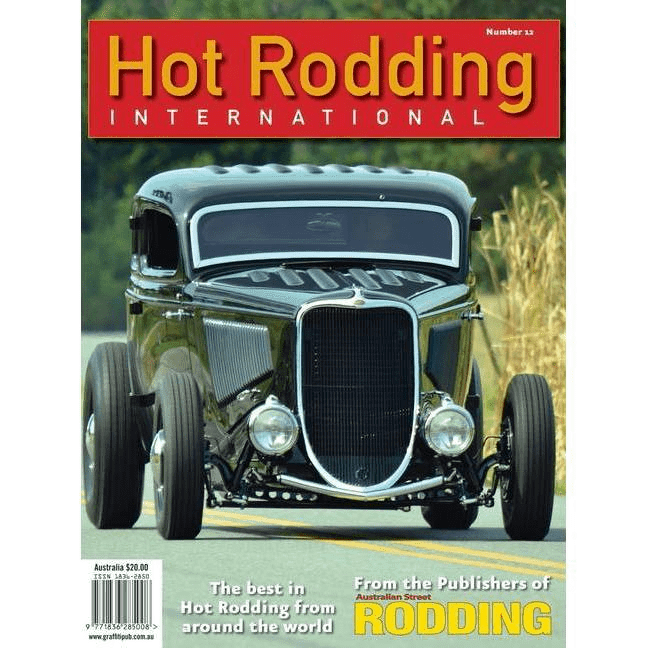
The Best in Hot Rodding from Around the World
Features articles and events from all around the world including: Australia, United Kingdom, New Zealand, USA and Canada. Tri-Five Nationals – Bowling Green USA; Gallery Alan Smith – Gloucester, Australia; Grand National Roadster Show – Pomona, USA; 1932 Ford 3 Window Coupe – UK; Greg’s Seven Day Cruise – QLD & NSW, Australia; NSRA Street Rod Nats – Louisville, USA; ASRF Street Rod Nats – QLD, Australia; Gallery Colin Freeman – Palmwoods, Australia; Mac’s 1932 Roadster – Auckland, NZ; Goodguys North West Nats – Washington, USA; TROG – The Race of Gentlemen – Santa Barbara, USA; World Fuel Altered Challenge – Sydney Dragway, Australia; Utes in America – Seattle, USA; Profile Mick & Kim Speranza – Toolern Vale, VIC; NZ Deuce Days – Masterton, NZ; North West Deuce Days – Victoria, BC, Canada; 1933 Ford Coupe – Florida, USA; Bonneville Speed Week 2019 – Bonneville Salt Lake, USA; Profile Lloyd Wilson Magoo’s Street Rods – Masterton, NZ; Flashback Classic Car Show – Glendora, CA, USA. (less)
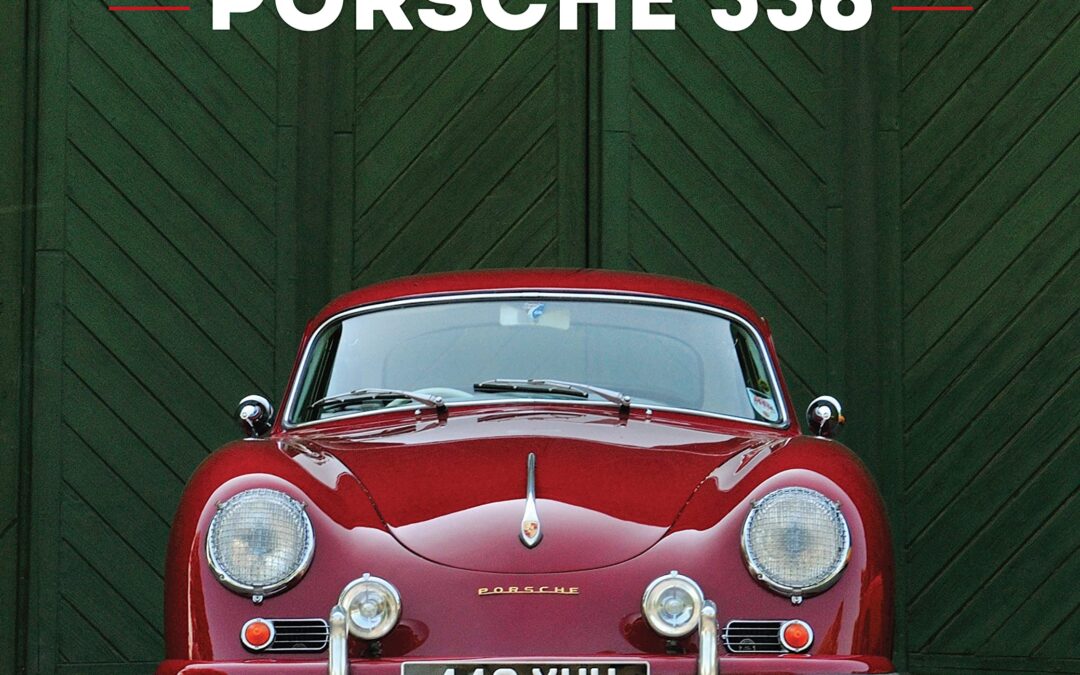
Porsche 356: 75th Anniversary relates the full story of Porsche’s original sports car from the first Gmund coupe to today’s beloved collector car.
Ferdinand Porsche was a brilliant engineer who, prior to World War II, had been involved in a variety of significant automotive engineering developments including the first hybrid drive vehicles. From the early 1900s, Porsche was developing racing cars including the Mercedes SSK and the mighty Auto Union Grand Prix. During this period, Porsche also developed the groundbreaking Volkswagen, which would prove critical to his postwar, namesake automobile manufacturer.
The Typ 356 was developed by Ferdinand’s son “Ferry” Porsche and introduced in 1948. Though the rear-engine layout was based on the Volkswagen, most similarities ended there. The 356 had a unique chassis, higher performing engine, and a handsome wind-cheating body. Little known outside Germany initially, by the early 1950s the 356s were lauded for their excellent handling, build quality, and growing volume of competition successes.
Porsche’s 356 evolved over its 17-year life through four distinct series: pre-A, A, B, and C, with coupes, cabriolets, Speedsters, Hardtops, and Roadsters among the many body variations. Equipped with the “Carrera” 4-cam engine, the 356 was a force in sports car racing. Dedicated competition models were developed beginning in 1953, and the Rennsport Spyders dominated road racing, endurance, and hill climb events for over a decade.
The 356 story includes a cast of fascinating characters, from those engineers who designed the cars, to race drivers who built the “giant-killer” mystique, to owners like James Dean and Janis Joplin who fell in love with the little bathtub-shaped sports cars. From titled European gentlemen in the 1950s to movie stars like Paul Newman and Steve McQueen in the 1960s, the first Porsches attracted enthusiasts and racers alike. Today, the car has an even wider following among collectors including Porsche fans like Jerry Seinfeld and Jay Leno. “356 Fascination” continues with ongoing restoration efforts, vintage racing, and an “Outlaw” movement, all enhanced by large-scale events that celebrate the car’s history.
Porsche 356 75th Anniversary tells the in-depth story and is a must-have book for anyone that loves Porsche and sports car history.
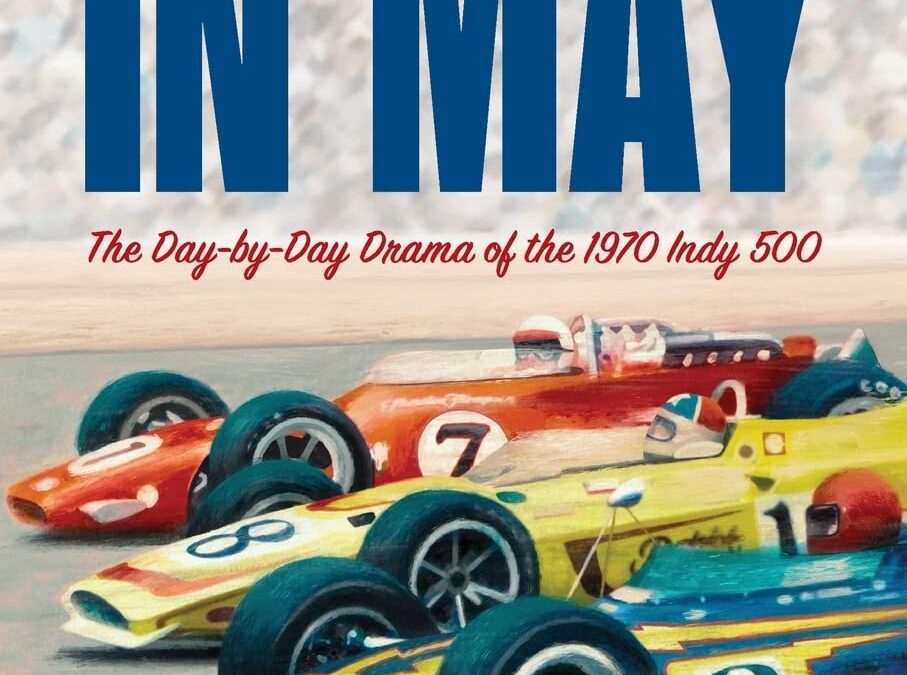
Thirty days! From the moment the drivers entered in the 1970 Indianapolis 500 rolled their cars onto the track for practice until the command “Gentlemen, start your engines,” they faced thirty days of intense action. The drivers needed to go fast enough to earn one of thirty-three starting positions. Only then would they have a chance to win what sportswriters and fans called “the Greatest Spectacle in Racing.”
And award-winning sportswriter Hal Higdon was there to report on the action: hovering in the pits next to the racers in their cars, wandering into Gasoline Alley to tell their stories, absorbing all the excitement the month of May brings to Indianapolis.
Here is the tale, day by day, of those thirty crucial days—the drivers with fast cars and slow cars, the drivers with rich sponsors and those with little money, the drivers with talent and those who need good luck to place high or even qualify. The list of competitors in 1970 was formidable, and included Mario Andretti, Dan Gurney, Mark Donahue, A.J. Foyt, and the Unser brothers. Add the owners: Roger Penske and Andy Granatelli.
Once the gentlemen start their engines, the race begins. The danger builds. A tiny twitch heading into a turn can result in bent metal and lost lives. Even the fans live in danger.
This is the story of the 1970 Indy 500, but the scenes are repeated on the stained turns of the Indianapolis Motor Speedway year after year.
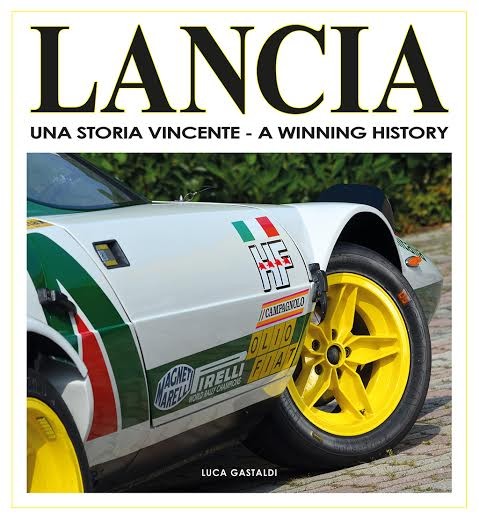
Lancia – Una storia vincente/A winning history
is a book dedicated to the racing history of the famous Italian brand.
The Lancia adventure in motorsport begins in the first decades of 1900, when some independent drivers choose the Vincenzo Lancia’s cars to brave the most important races of that pioneering era.
Later, after the death of Vincenzo, his son Giovanni decides to increase the racing activities. The Lancia official racing team born at the beginning of the 1950s. They debut at the 1951 Mille Miglia race, which was officially entered by two Aurelia B20 Gts especially setup for this long Italian race.
Secondly, in 1952, Vittorio Jano was given the task of designing a new sportscar. The D20 debuted at the 1953 Mille Miglia and it won the Targa Florio. From the D20 derived the D23, then D24 that exploited the technology available at the time in the best way.
D24 meant the end of the Lancia sportscar programme, for on 18th October 1954 the company announced its retirement from sportscar racing in order to pursue its ambitious project in Formula 1.
The single-seater which took Lancia into the highest category of motor-racing was extremely advanced for its time. It was called D50 and debuted at the 1954 Spanish Grand Prix in Barcelona, the last round of the Championship.
On 26th May 1955, Gianni Lancia was in shock for the loss of his driver Alberto Ascari, dead in Monza: a tragedy that made him withdraw from racing completely and almost immediately. At the time Ferrari was in grave difficulties and Lancia decided to donate its D50s, spares, equipments and blueprints to the Cavallino. Vittorio Jano himself moved to Maranello in order to develop the D50s to allow them to enter the 1956 season.
Nearly ten years would pass before Lancia approached racing once more. The racing versions of the Aurelia and Appia cars were the main choice for gentlemen drivers who raced both on track and road. During the Sixties, the HF Squadra Corse racing team was founded: initially a private venture only flanked by Lancia, with the birth of the Fulvia Coupé (1965) it was officially incorporated by the firm and managed by Cesare Fiorio.
It was the birth of a new era, a decade of success achieved by the Fulvia and the Stratos. From Formula 1 in the Fifties, Lancia decided to move to the International and World Rally Championships between the Sixties and Seventies. And finally in the Eighties and until the beginning of the Nineties with the 037, Delta S4, Delta 4WD and Delta Integrale models.
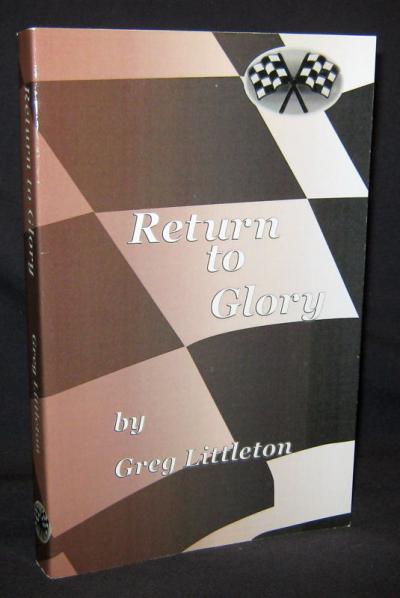
The Indianapolis 500 is dying. A hole was poked its soul nearly fifty years ago by unknowing people who thought that putting the engine behind the driver was progress. Since then life has slowly ebbed from the great spectacle where fearless men once dueled, sometimes to the death. Like American gladiators, they drove beautiful chairots before hundreds of thousands of adoring fans in the most amazing arena in the world, the Indianapolis Motor Speedway. It is early June 2010, the Indy 500, held the previous week, had once again been a very competitive race, attended by a crowd, that at one time would have been considered adequate for the firt day of Time Trials. The TV ratings have slipped and more importantly, the aura that once surrounded the great even has diminished. Last week’s race was run with cars tht no one remembers, driven by men and women that few can recall. Next year will be the 100th anniversary of this American icon. Tom Grey, the owner of the beautiful speedway makes a dramatic decision; “Gentlemen
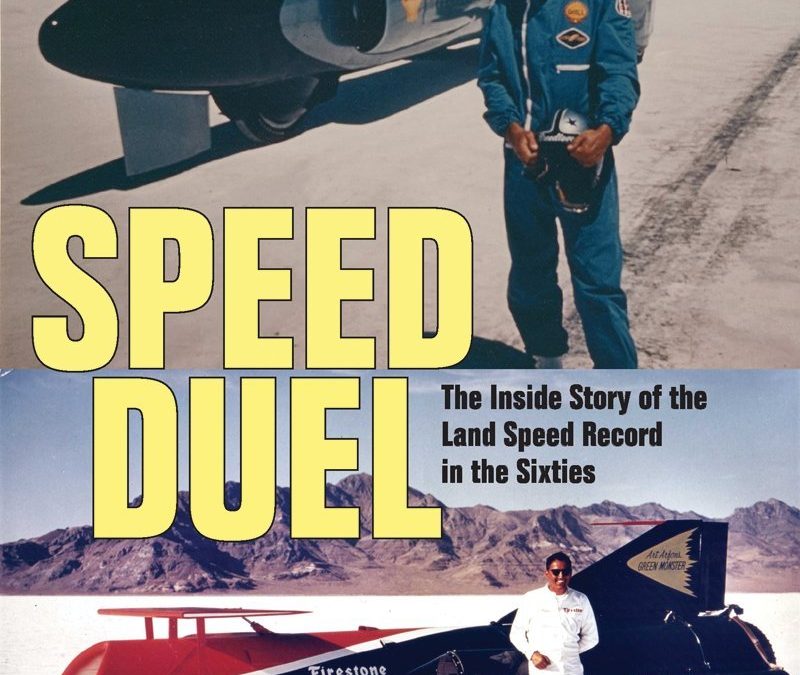
The quest for the land speed record in the 1960s and the epic rivalry between two dynamic American drivers, Art Arfons and Craig Breedlove.
“Interesting and complex. . . .The best job I’ve seen done on the subject so far.”
— Craig Breedlove
Until the 1950s, the land speed record (LSR) was held by a series of European gentlemen racers such as British driver John Cobb, who hit 394 miles per hour in 1947. That record held for more than a decade, until the car culture swept the U.S.
Hot-rodders and drag racers built and souped up racers using car engines, piston aircraft engines and, eventually, jet engines. For this determined and dedicated group, the LSR was no longer an honor to be held by rich aristocrats with industrial backing — it was brought stateside.
In the summer of 1960, the contest moved into overdrive, with eight men contending for the record on Utah’s Bonneville Salt Flats. Some men died in horrific crashes, others prudently retired, and by mid-decade only two men were left driving: Art Arfons and Craig Breedlove. By 1965, Arfons and Breedlove had walked away from some of the most spectacular wipeouts in motor sport history and pushed the record up to 400, then 500, then 600 miles per hour. Speed Duel is the fast-paced history of their rivalry.
Despite the abundant heart-stopping action, Speed Duel is foremost a human drama. Says author Samuel Hawley, “It is a quintessential American tale in the tradition of The Right Stuff, except that it is not about extraordinary men doing great things in a huge government program. It’s about ordinary men doing extraordinary things in their back yards.”
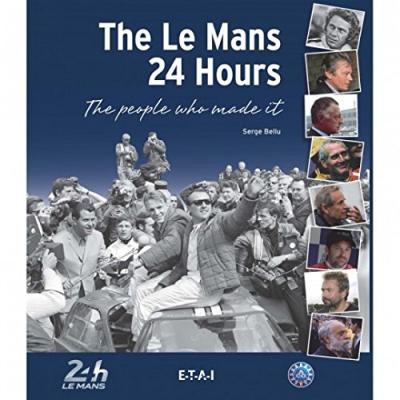
It would seem everything has been said and written about the 24 Hours of Le Mans and the history, starting with the first race in 1923.
No previous work has explored the personalities that have shaped the legendary race. Engineers, designers and – of course – drivers, these individuals are as much a part of the story as the cars.
Indeed, the race is an environment for collaboration and exchange of professional and human experience.In this context the contribution of different stakeholders provides a universal scale in the 24 Hours of Le Mans.
The birth of the race was made possible by an elite group consisting of individuals who have a direct or indirect role in the automotive industry. These famous and influential men give a special luster to the event.
In the second chapter of the book, the author emphasizes the role of engineers who take advantage of the event to experiment with new and innovative techniques, while artists, especially visual artists, find an opportunity to let free rein to their imagination in decorating the cars.
On the other hand, the enlightened and talented amateurs, called gentlemen-drivers, provide a unique panache to the 24 Hours of Le Mans. Not to mention the contribution of anonymous backstage workers such ss volunteers, commissioners, tracks marshals and doctors.
Serge Bellu is an expert in design and automotive history, frequent contributor to several magazines and the author of several books including “Abarth – The Rebirth” and “500 extraordinary cars – The adventure of the concept car.”
